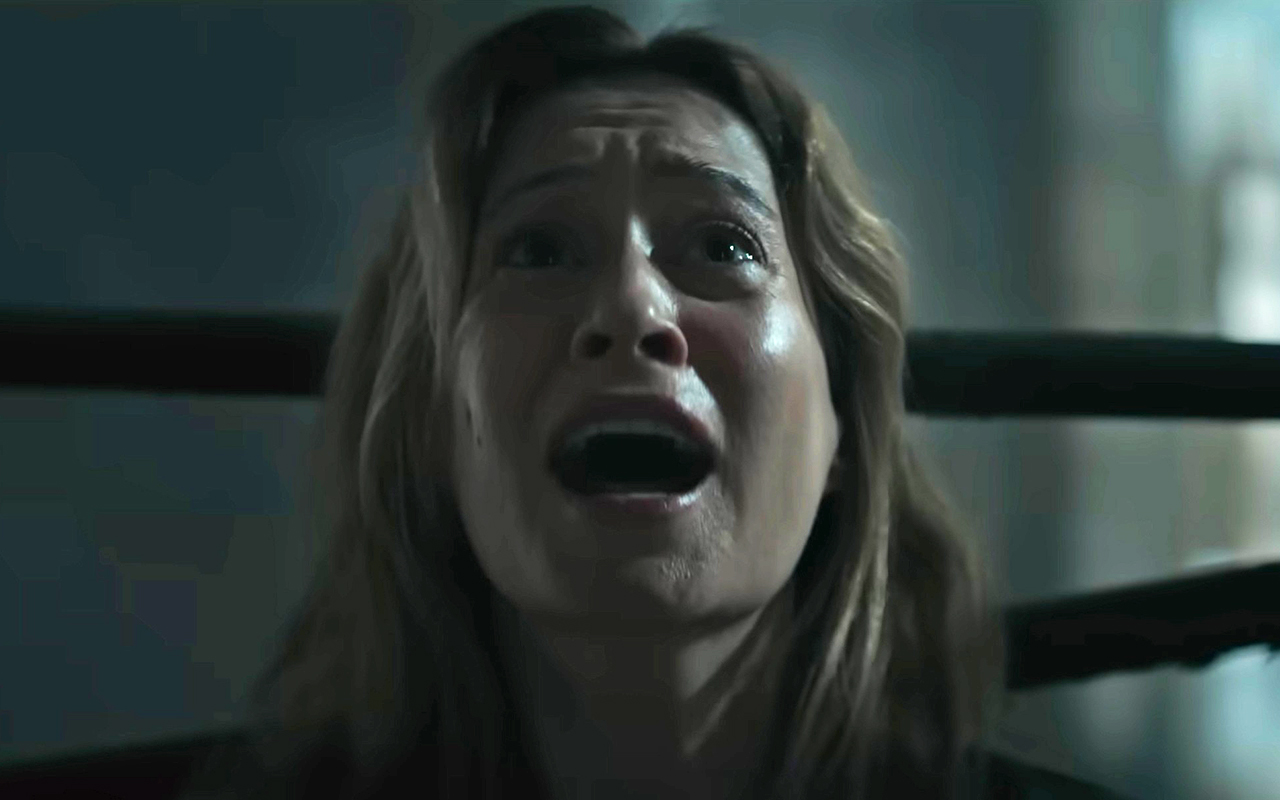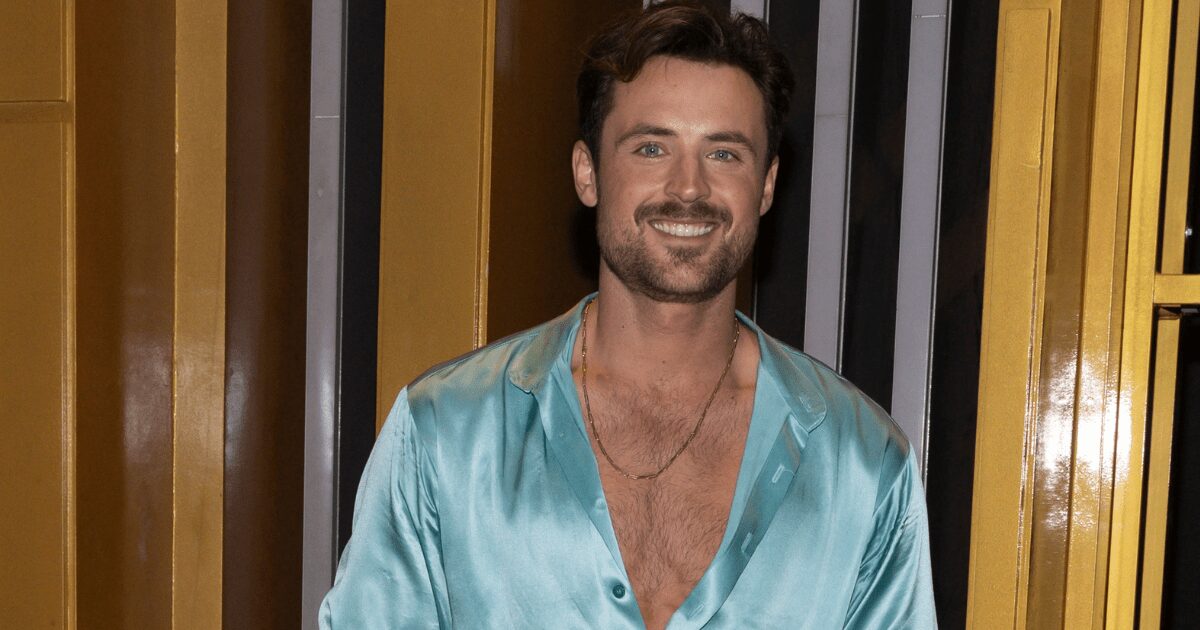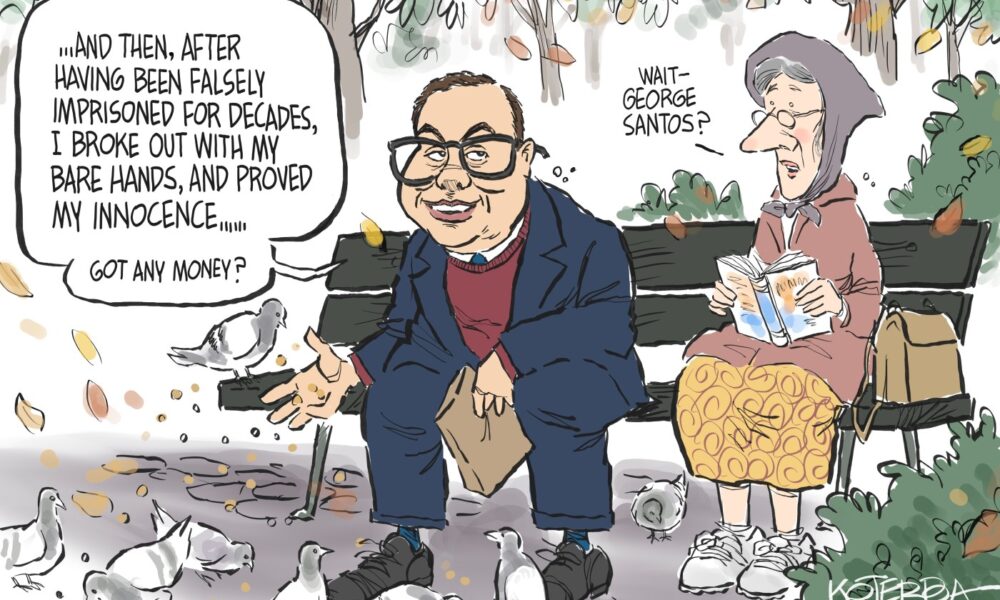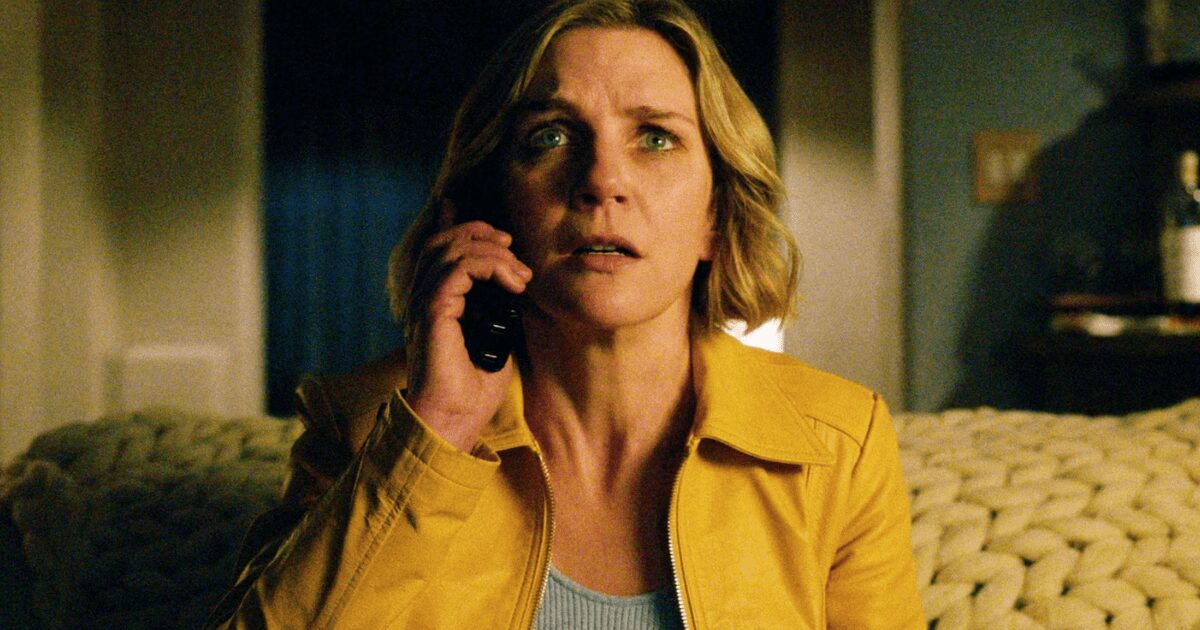Director Chris Stuckmann has made a significant leap from film critic to filmmaker with his debut feature, “Shelby Oaks,” which is currently screening in theaters. The horror film centers on the mysterious disappearance of YouTuber and amateur ghost hunter, Riley Brennan, portrayed by Sarah Durn. Stuckmann, who gained recognition as a film critic on YouTube, infuses his work with a unique blend of media, creating a narrative that resonates with the digital age.
The plot follows Mia Brennan, played by Camille Sullivan, as she searches for her younger sister, Riley, who vanished 12 years ago in the fictional town of Shelby Oaks. Accompanied by her YouTube group, the Paranormal Paranoids, the film initially presents itself as a documentary but gradually transitions into a supernatural horror experience. Stuckmann’s approach echoes the style of “The Blair Witch Project,” targeting a generation raised on online content.
Crafting a Unique Horror Experience
Stuckmann discussed his journey in an interview with Variety, highlighting his determination to break into filmmaking. “I didn’t want to give any producers that I met a chance to turn me down,” he said. He wrote multiple spec scripts and actively networked at film festivals, seeking connections that would help him launch his project. This persistence paid off when he met producer Aaron Koontz at Fantastic Fest in 2019, where Stuckmann pitched “Shelby Oaks,” ultimately leading to its development.
The film is set in Darke County, Ohio, a location that Stuckmann chose for its artistic appeal and rural charm. “I’ve taken a bit of a ‘Castle Rock’ approach because a lot of my spec scripts take place in Darke County,” he explained, indicating a desire to create a cinematic universe centered around this fictional setting. His experience on YouTube, dating back to 2009, has shaped his understanding of audience engagement, particularly in how viewers connect with content.
Stuckmann noted the popularity of reaction videos on platforms like YouTube, stating, “There is something very inviting about the idea of seeing a person take in information.” This perspective influenced his filmmaking style, allowing audiences to experience the emotional journey through Mia’s interactions with the footage of her sister.
Innovative Techniques and Themes
The director’s innovative approach merges various media formats, reflecting contemporary viewing habits. “We all experience media in different ways,” he remarked, emphasizing the importance of blending traditional narrative elements with found-footage techniques. The film’s sound design also plays a crucial role in creating tension, utilizing old-school camcorders from 2006 and 2007 to maintain authenticity in the Paranormal Paranoids episodes.
Stuckmann’s commitment to a memorable ending is evident throughout the film, as he draws inspiration from classic horror films that leave a lasting impression. “All of my favorite horror films tend to have an ending that sticks with you,” he stated. The emotional core of “Shelby Oaks” deals with trauma and the scars left by past events, symbolized by a cracked window that embodies the characters’ struggles.
Reflecting on the evolution of YouTube, Stuckmann observed, “Hollywood has had to take the platforms seriously.” He believes that the rise of filmmakers from the digital space marks a generational shift in the industry. “There is a new generation of people in their 30s or late 20s who are coming up and started on Vine, TikTok, and YouTube,” he said, highlighting the diverse influences shaping modern cinema.
Overall, “Shelby Oaks” represents a culmination of Stuckmann’s experiences as a critic and a creator, offering audiences a fresh perspective on horror through the lens of contemporary media. As the film continues to gain traction in theaters, it stands as a testament to the evolving landscape of filmmaking, where traditional boundaries are challenged, and new narratives emerge.







